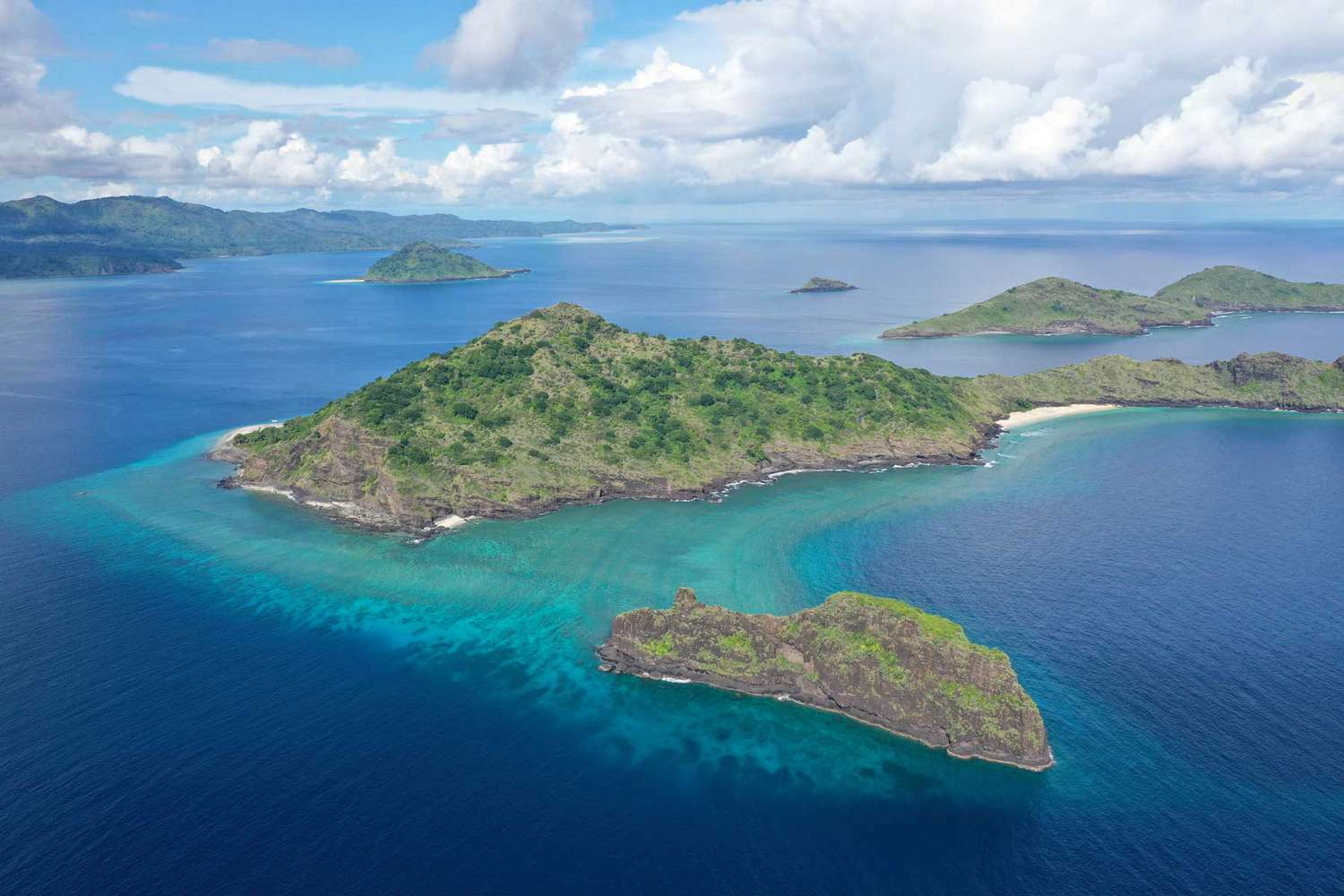The Comoros, an archipelago nestled in the Indian Ocean, is a hidden gem renowned for its stunning landscapes, vibrant culture, and rich biodiversity. Comprising three main islands—Grande Comore, Mohéli, and Anjouan—along with the smaller island of Mayotte, the Comoros are often referred to as the “Perfume Islands” due to their aromatic plants and spices. With pristine beaches, lush rainforests, and a unique blend of cultures, the Comoros offer an enchanting escape for travelers seeking both adventure and relaxation.
Table of Contents
Geography
The Comoros archipelago covers an area of approximately 2,235 square kilometers and is situated between Madagascar and the African mainland. The islands are volcanic in origin, featuring mountainous terrains, steep cliffs, and lush vegetation. Grande Comore, the largest island, is home to Mount Karthala, one of the world’s most active volcanoes. This stunning peak rises 2,361 meters above sea level and offers breathtaking views of the surrounding landscape.
The climate in the Comoros is tropical, characterized by warm temperatures and high humidity. The rainy season, which typically occurs from November to April, brings lush greenery to the islands, while the dry season from May to October provides ideal conditions for outdoor activities. The rich marine life surrounding the islands, including coral reefs and diverse fish species, makes the Comoros a popular destination for snorkeling and diving enthusiasts.
States of Comoros
Comoros is composed of three main islands, which are referred to as autonomous islands rather than states. These islands are:
- Grande Comore (Ngazidja) – The largest island and home to the capital city, Moroni.
- Anjouan (Nzwani)
- Mohéli (Mwali)
Each island has its own local government and some degree of autonomy.
History
The history of the Comoros is shaped by its strategic location along ancient trade routes, attracting influences from various cultures. The islands were first inhabited by African and Arab settlers in the 7th century, leading to the establishment of a vibrant society with a mix of African, Arab, and Malagasy traditions. The Comoros became an important center for trade in spices, cloves, and perfumes, contributing to its reputation as the “Perfume Islands.”
In the late 19th century, the French colonized the Comoros, incorporating the islands into their colonial empire. French rule significantly influenced the islands’ culture, language, and governance. Following a tumultuous period of decolonization, the Comoros gained independence from France in 1975. However, political instability and coups have plagued the nation since independence, impacting its development and governance.
The Comoros has faced numerous challenges, including economic struggles and conflicts between different factions. Despite these obstacles, the resilience of the Comorian people has shone through, with efforts to establish a stable government and promote unity among the islands. Today, the Comoros is working towards peace, development, and strengthening its cultural identity.
Top Ten Must-Visit Destinations
1. Mount Karthala
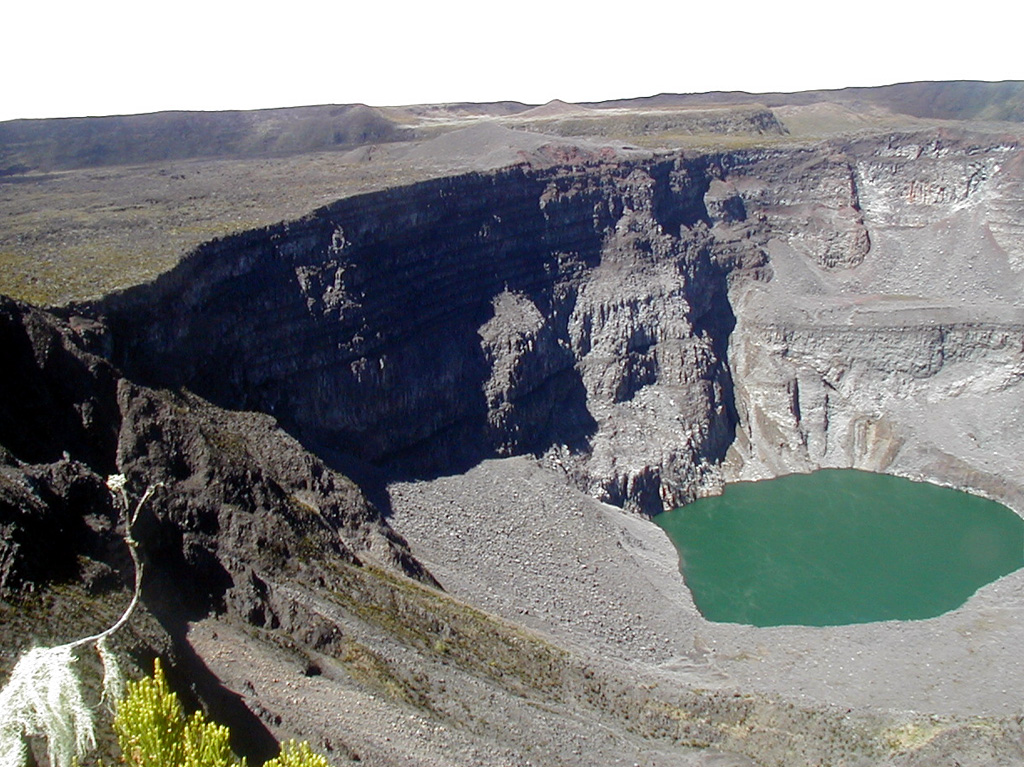
Mount Karthala is one of the most impressive natural wonders in the Comoros, attracting hikers and adventure seekers from around the world. As an active volcano, it offers stunning vistas and an opportunity to explore unique geological formations. The trek to the summit takes approximately six hours, and the panoramic views from the top are breathtaking, showcasing the beauty of the surrounding islands.
2. Moroni
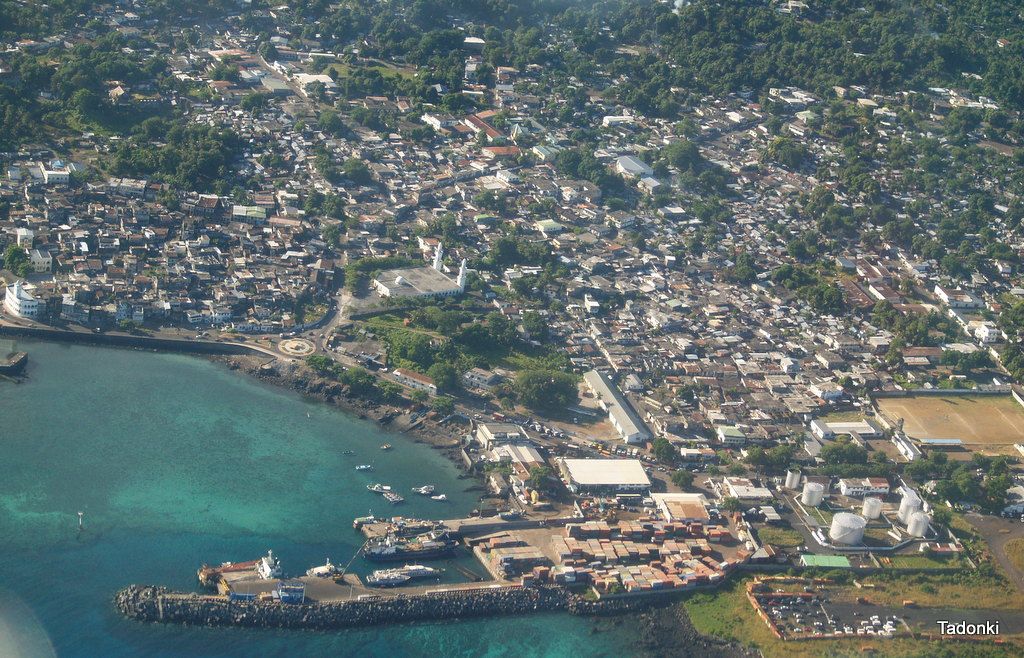
Moroni, the capital city of the Comoros, is a vibrant hub of culture and history. Visitors can explore the bustling markets, sample local cuisine, and visit historical sites such as the Old Friday Mosque, one of the oldest mosques in the region. Moroni’s waterfront promenade offers stunning views of the ocean and the chance to engage with friendly locals.
3. Mohéli Marine Park
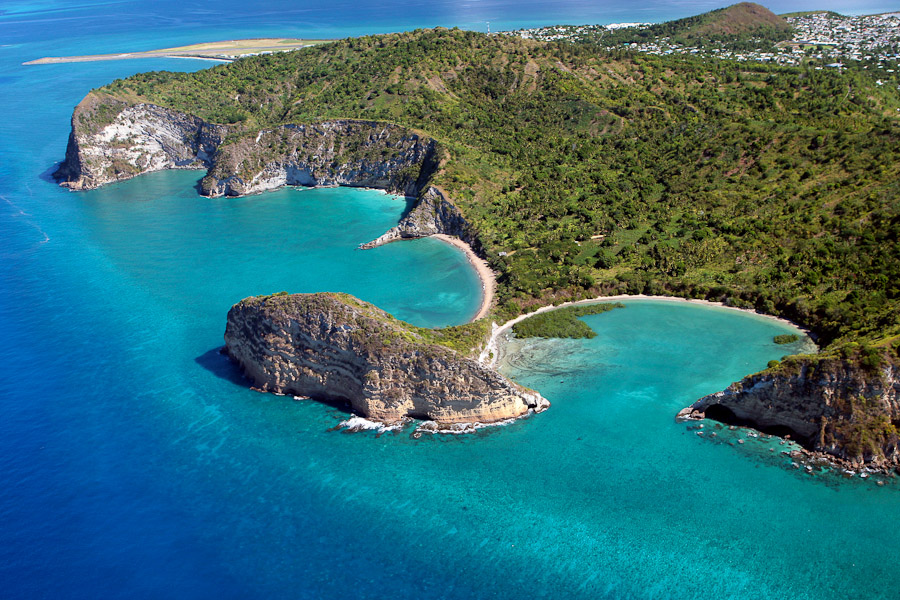
Mohéli Marine Park is a pristine marine reserve renowned for its diverse marine life and coral reefs. The park is a UNESCO Biosphere Reserve and offers excellent opportunities for snorkeling, diving, and observing sea turtles and vibrant fish species. The tranquil waters and stunning underwater landscapes make Mohéli Marine Park a must-visit destination for nature lovers.
4. Anjouan

Anjouan, known for its lush landscapes and rich cultural heritage, is often referred to as the “Pearl of the Comoros.” Visitors can explore the island’s charming villages, hike through tropical forests, and discover hidden waterfalls. The island’s vibrant culture is reflected in its traditional music, dance, and cuisine, making it a delightful destination for cultural immersion.
5. Grande Comore

Grande Comore, the largest island in the archipelago, offers a diverse range of experiences, from hiking in the mountains to relaxing on stunning beaches. The island’s capital, Moroni, is a bustling city with a rich history. Visitors can explore local markets, visit historical landmarks, and enjoy the island’s beautiful beaches, such as Mitsamiouli Beach, known for its turquoise waters.
6. Chandra Beach
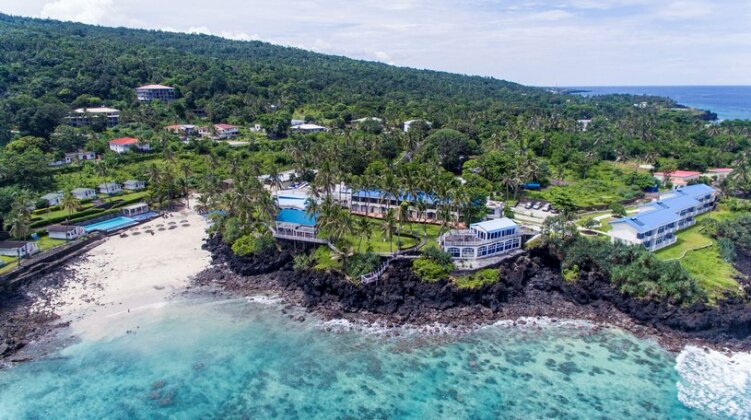
Chandra Beach, located on the island of Mohéli, is a secluded paradise known for its pristine sands and crystal-clear waters. This idyllic beach offers a serene escape for relaxation and sunbathing, with opportunities for swimming and snorkeling in the vibrant coral reefs. Chandra Beach is an ideal spot for a peaceful getaway amid nature.
7. Iconi Beach

Iconi Beach is a popular destination on Grande Comore, known for its picturesque views and vibrant atmosphere. The beach is lined with palm trees and offers soft white sands, making it a great spot for sunbathing and beach activities. Iconi Beach is also famous for its stunning sunsets, providing a romantic setting for evening strolls.
8. The Village of Moutsamoudou
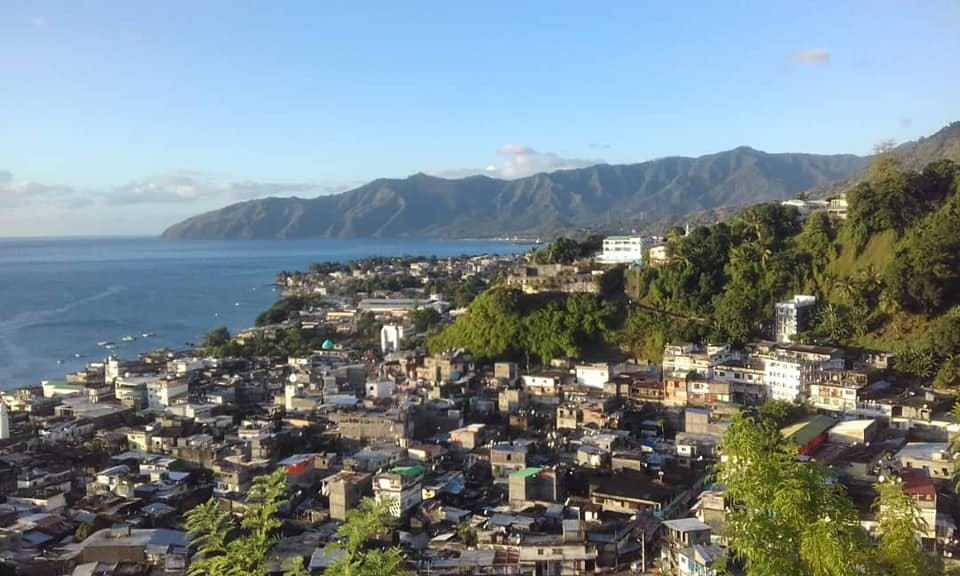
Moutsamoudou, located on Anjouan Island, is a charming village known for its traditional architecture and rich history. Visitors can explore the village’s narrow streets, interact with locals, and admire the stunning views of the surrounding landscape. Moutsamoudou is an excellent place to experience the warm hospitality of the Comorian people.
9. The Old Mosque of Moroni
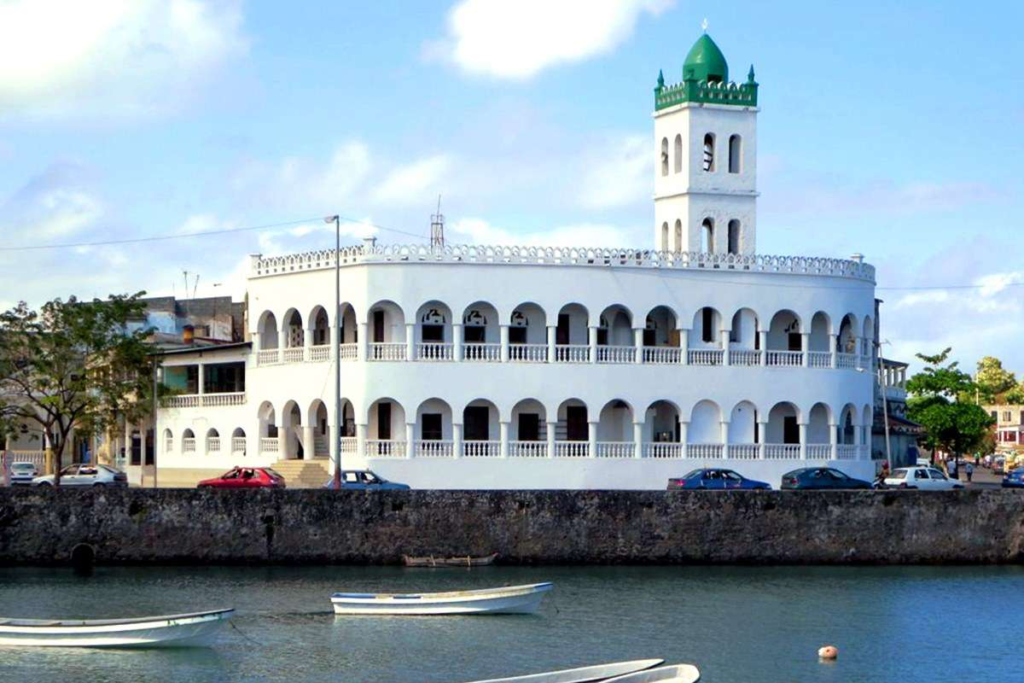
The Old Mosque of Moroni is a historical landmark that showcases the architectural heritage of the Comoros. Built in the 19th century, this mosque is an important site for the local Muslim community and offers visitors insight into the country’s religious and cultural practices. The intricate designs and peaceful atmosphere make it a worthwhile visit.
10. The Whale Shark Sanctuary
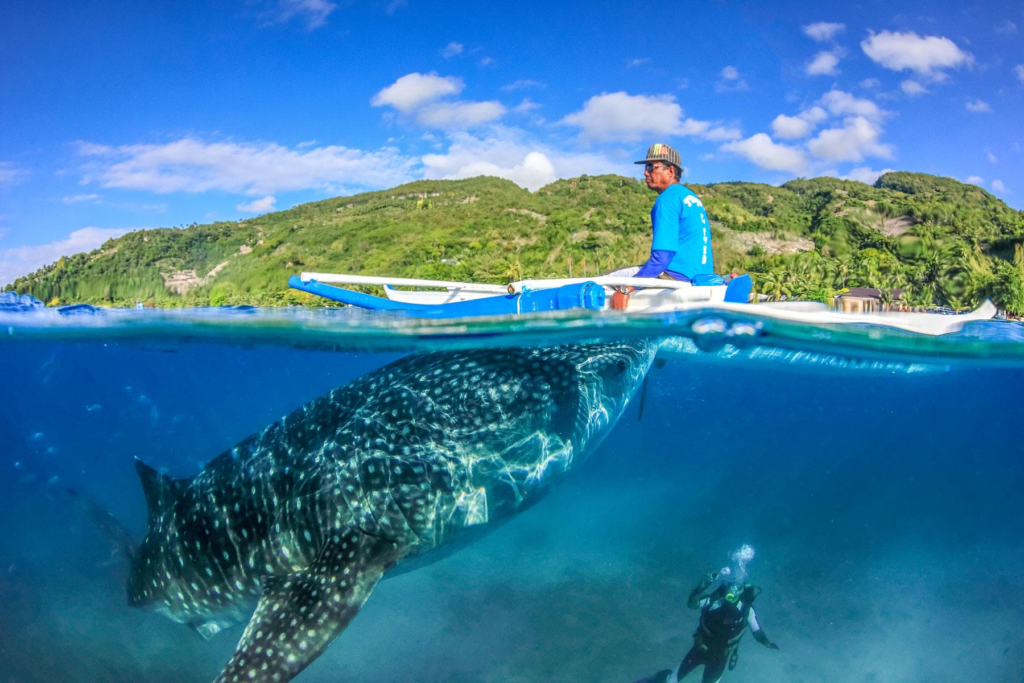
The Whale Shark Sanctuary, located off the coast of Mohéli, is a unique destination for marine enthusiasts. This sanctuary is dedicated to the conservation of whale sharks, the largest fish in the ocean. Visitors can participate in guided snorkeling tours to observe these gentle giants in their natural habitat, making for an unforgettable experience.
Culture
The culture of the Comoros is a vibrant fusion of African, Arab, and Malagasy influences, reflected in its traditions, music, and arts. The official languages are Comorian, Arabic, and French, with Comorian being a blend of Arabic and Bantu languages. The cultural identity of the Comoros is deeply rooted in its history of trade and migration, resulting in a rich tapestry of customs and practices.
Traditional music and dance play a significant role in Comorian culture, with performances often accompanied by rhythmic drumming and singing. Festivals and celebrations are vibrant events that showcase the islanders’ love for music, dance, and storytelling. Instruments such as the oud and djembe are commonly used, adding to the island’s rich musical heritage.
The culinary traditions of the Comoros are influenced by the islands’ diverse cultures, featuring aromatic spices, fresh seafood, and tropical fruits. Dishes like langouste (lobster), mataba (cassava leaves), and boko (banana pudding) are popular among locals and visitors alike. The use of spices such as cloves and vanilla reflects the islands’ historical significance in the spice trade.
Festivals
Festivals in the Comoros are lively celebrations that reflect the islands’ cultural heritage and communal spirit. One of the most significant events is the Festival of the Comoros, held annually to celebrate the islands’ independence and cultural diversity. This festival features traditional music, dance performances, and exhibitions showcasing local crafts and cuisine.
Another important celebration is the Eid al-Fitr, marking the end of Ramadan. This festival brings families together for prayers, feasting, and communal gatherings. The vibrant atmosphere is characterized by colorful decorations, traditional clothing, and the sharing of delicious meals with friends and family.
These festivals provide visitors with an opportunity to immerse themselves in Comorian culture, witness traditional practices, and engage with the warm and welcoming local communities. Attending these celebrations allows travelers to connect with the spirit of the islands and experience the joy of Comorian life.
Economy
The economy of the Comoros is primarily based on agriculture, fishing, and tourism. The islands’ fertile soils allow for the cultivation of crops such as cloves, vanilla, ylang-ylang, and coconuts, which are significant contributors to the country’s exports. The Comoros is known for producing high-quality spices and essential oils, making it a player in the global spice market.
Tourism is also an essential sector for the Comorian economy, attracting visitors with its natural beauty, rich culture, and diverse marine life. The government is working to promote sustainable tourism practices to ensure the preservation of the islands’ ecosystems while providing economic opportunities for local communities.
Despite its rich natural resources, the Comoros faces economic challenges, including high unemployment rates and limited infrastructure. Efforts to diversify the economy and promote sustainable development are ongoing, with a focus on enhancing agricultural productivity and improving access to education and healthcare.
Cuisine
Comorian cuisine is a delightful blend of flavors and aromas, influenced by the islands’ diverse cultures and abundant natural resources. The culinary traditions of the Comoros feature a variety of ingredients, including seafood, spices, fruits, and vegetables. One of the most popular dishes is zanzibari pilau, a fragrant rice dish cooked with spices, meat, and vegetables, reflecting the islands’ historical trade connections.
Street food is also an integral part of Comorian cuisine, with vendors offering a range of snacks and dishes. Samosas, filled with meat or vegetables, and mahalabia, a
creamy dessert flavored with rose water, are popular choices among locals and visitors alike. The use of spices like cloves, cinnamon, and vanilla adds depth to the flavors, making Comorian dishes a delightful culinary experience.
The communal nature of dining in the Comoros fosters a sense of community and hospitality. Meals are often enjoyed together, with families gathering around a shared platter. Traditional beverages, such as sorrel juice and coconut water, are commonly served, complementing the rich flavors of the cuisine. The culinary heritage of the Comoros reflects the islands’ vibrant culture and warm hospitality.
Top Eight Most Famous Food



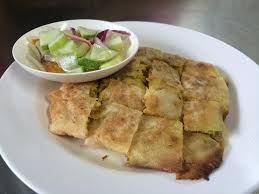
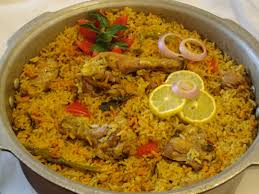
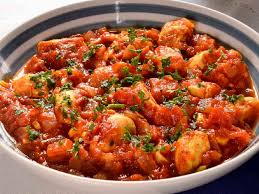


Interesting Facts
- The Comoros is home to some of the world’s rarest species of flora and fauna, including the endangered Comorian flying fox.
- The islands are known for their stunning coral reefs, making them a prime destination for snorkeling and diving.
- The traditional dress of the Comoros is called kanga, a colorful garment worn by both men and women.
- The capital city, Moroni, is famous for its beautiful architecture, including the iconic Old Friday Mosque.
- The Comoros has a rich oral tradition, with storytelling being an essential aspect of its cultural heritage.
- The islands have a tropical climate, characterized by warm temperatures and distinct wet and dry seasons.
- Comorian women are known for their craftsmanship, creating intricate handmade jewelry and textiles.
- The Comoros gained independence from France in 1975, after years of colonial rule.
- The islands are strategically located along ancient trade routes, attracting influences from various cultures throughout history.
- The Comoros is often referred to as the “Perfume Islands” due to its aromatic plants and spices.
Conclusion
The Comoros, with its enchanting landscapes, rich cultural heritage, and vibrant traditions, is a captivating destination waiting to be explored. From the stunning views atop Mount Karthala to the warm hospitality of its people, the islands offer a unique experience for travelers seeking adventure and relaxation. As the Comoros works towards peace and development, it invites visitors to discover its hidden gems, immerse themselves in its culture, and connect with its resilient spirit. The Comoros is truly a paradise in the Indian Ocean, promising unforgettable memories for those who venture to its shores.
let’s enjoy few years on earth with peace and happiness….✍🏼🙏

